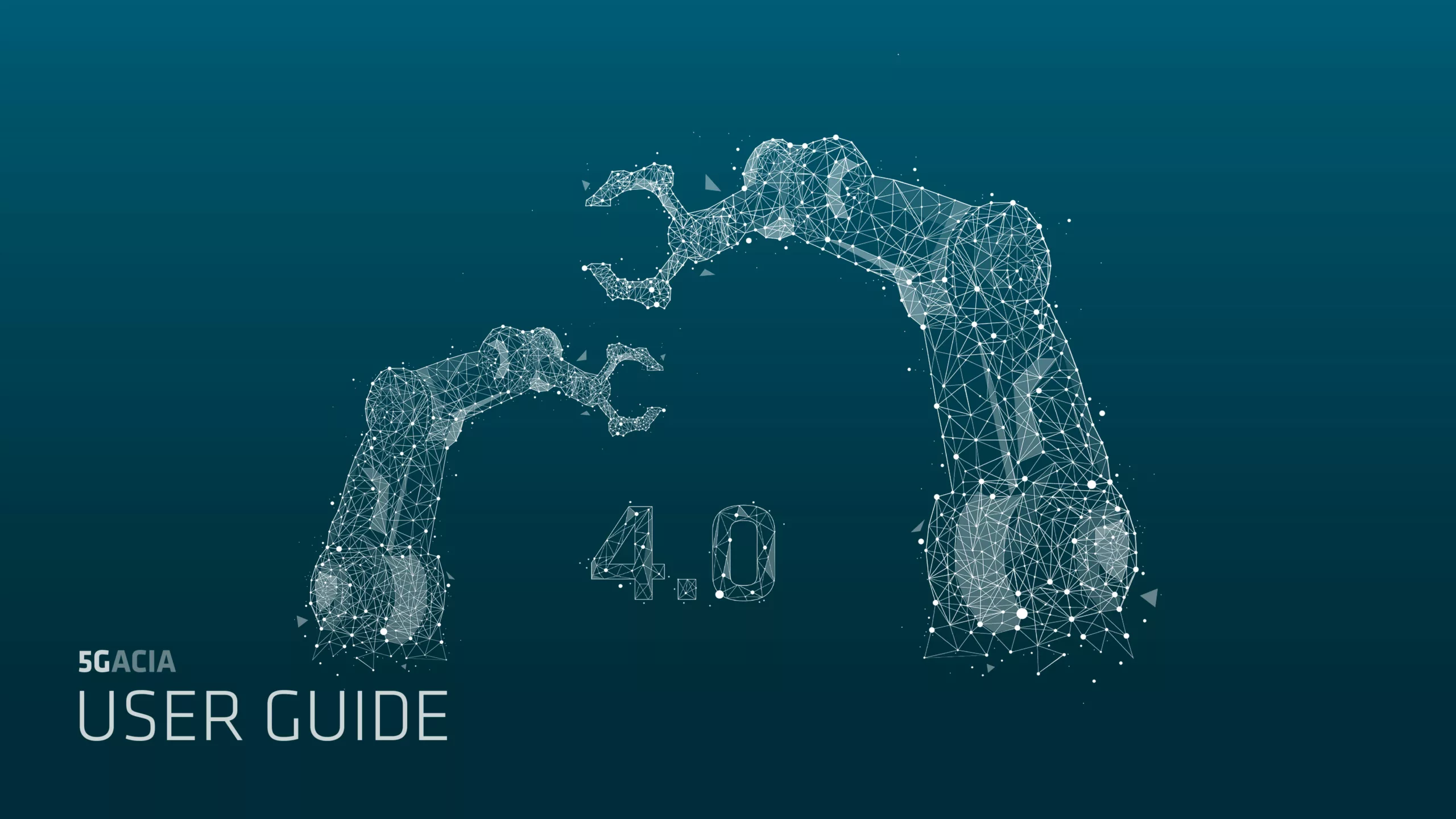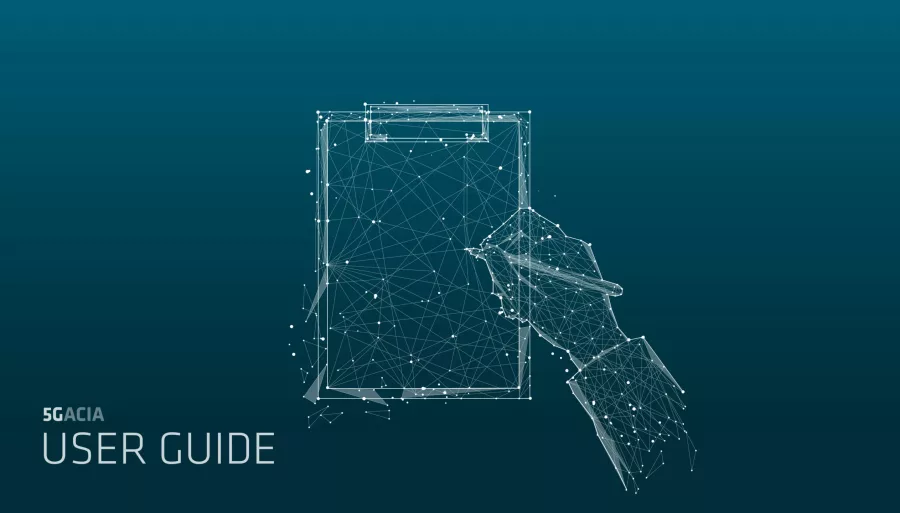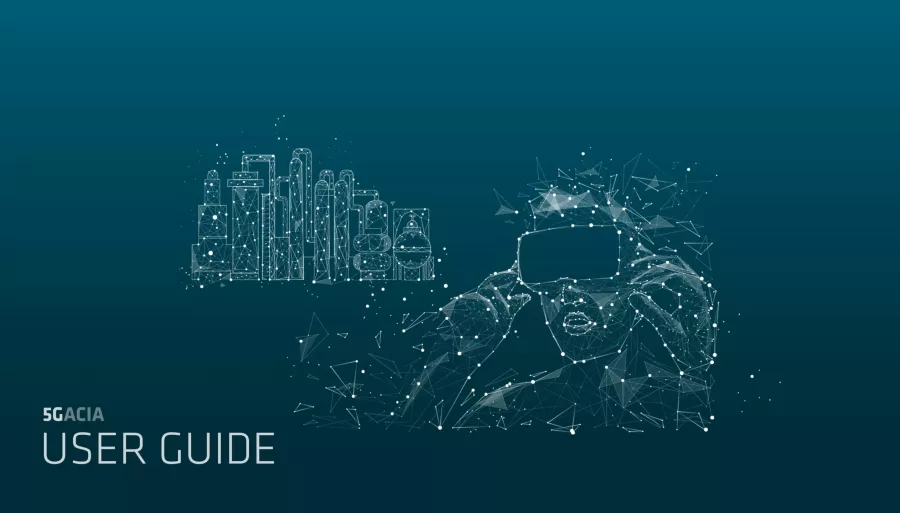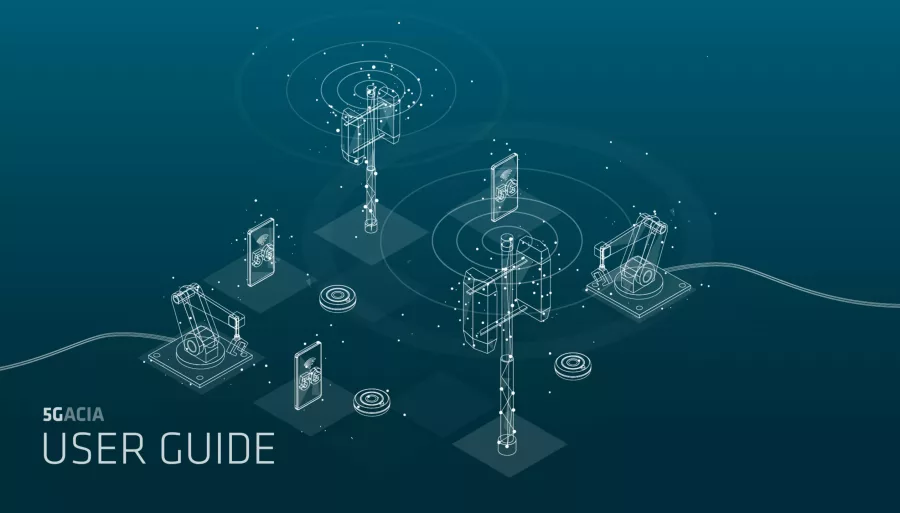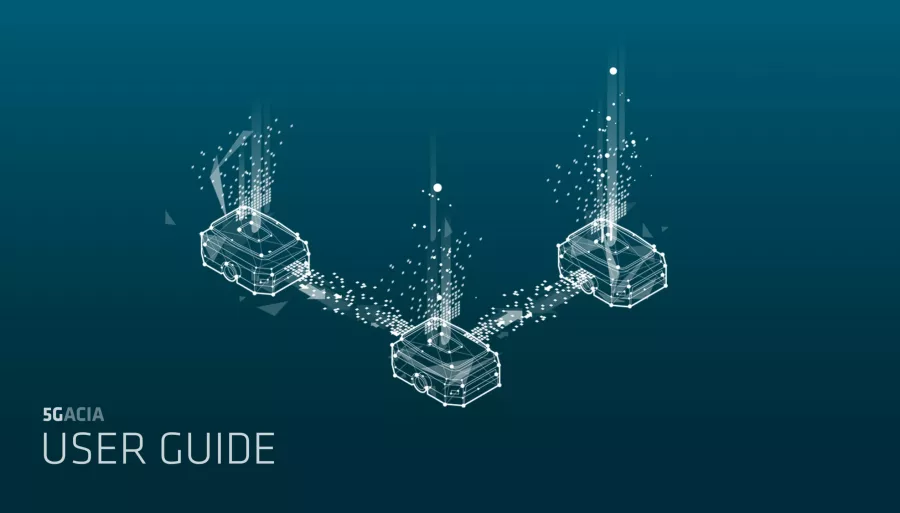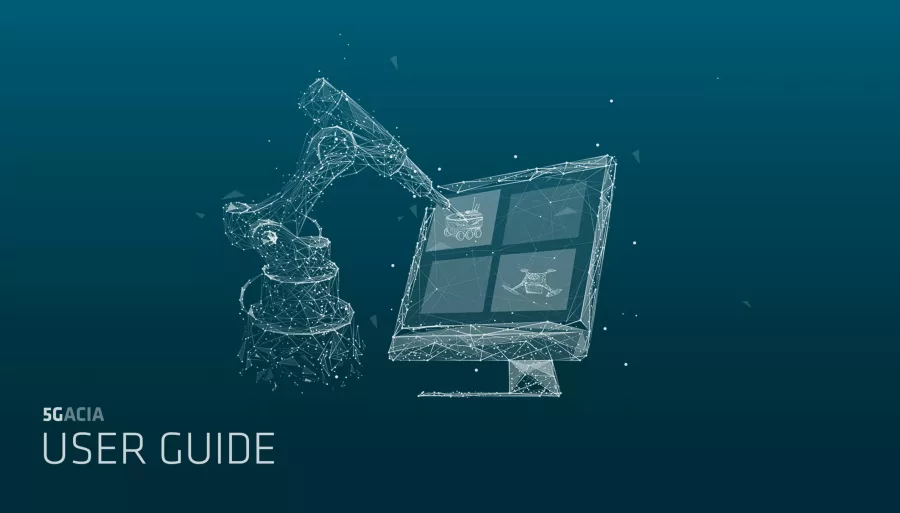Local control-to-control communication is required when devices with separate controllers interact to perform a shared task. This communication has a local aspect when the devices are positioned close to one another within a single environment, such as when they are components of a larger machine or multiple machines within the same production building. In these cases, communication is typically not based on IP, as the distances involved are relatively short.
Remote control-to-control communication is needed for devices that usually interact autonomously with their local controller but occasionally require remote communication, such as during task changes or servicing and maintenance.
Example: Shuttles in a Packaging Machine
In many modern packaging machines, one or more track-based shuttles convey materials inside a single machine or between multiple machines. These shuttles are equipped with local on-board controllers that communicate their position and other control data wirelessly via 5G. Since shuttle controllers interact with other devices, such as robots or machines that require real-time position data of the shuttles, any failure or delay in transmitting this data could cause machine stoppage, leading to downtime.
Example: Collaborative Component Handling
Collaborative handling of large components is a common use case in industries such as aviation and shipping. This process involves several (typically two to four) remotely controlled driverless vehicles that move along dedicated tracks. The relative positions of these vehicles are locally controlled to minimize the force applied to the component being moved.
Example: Remotely Controlled PCB Assembly Lines
Printed circuit board (PCB) assembly lines generally operate autonomously but can be remotely controlled to implement product changes or capture in-process data. Communication is necessary between the multiple controllers managing various components and devices on the assembly line, and the central control unit.
